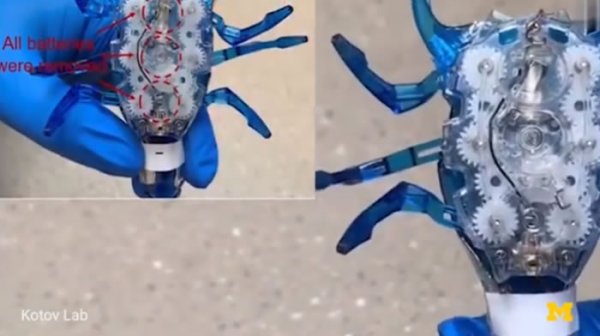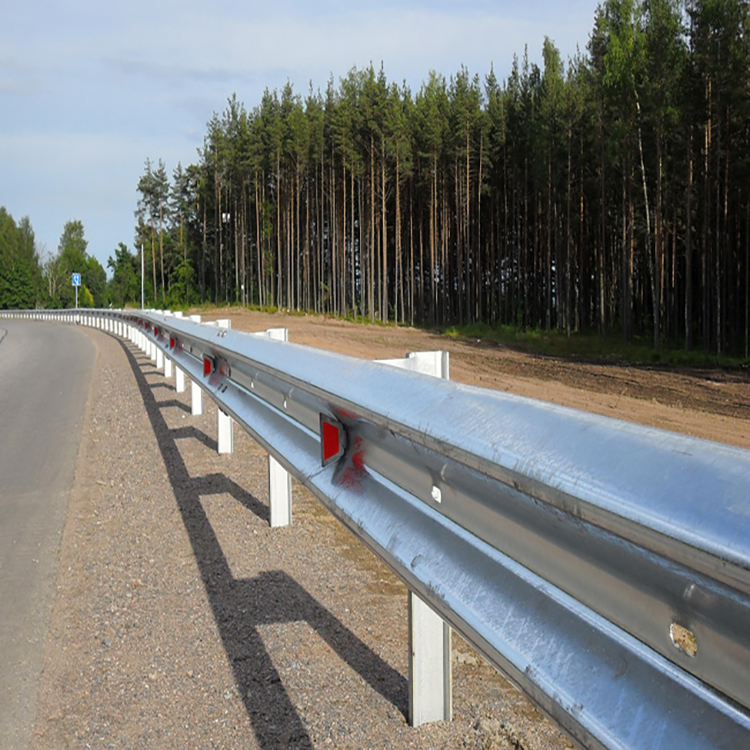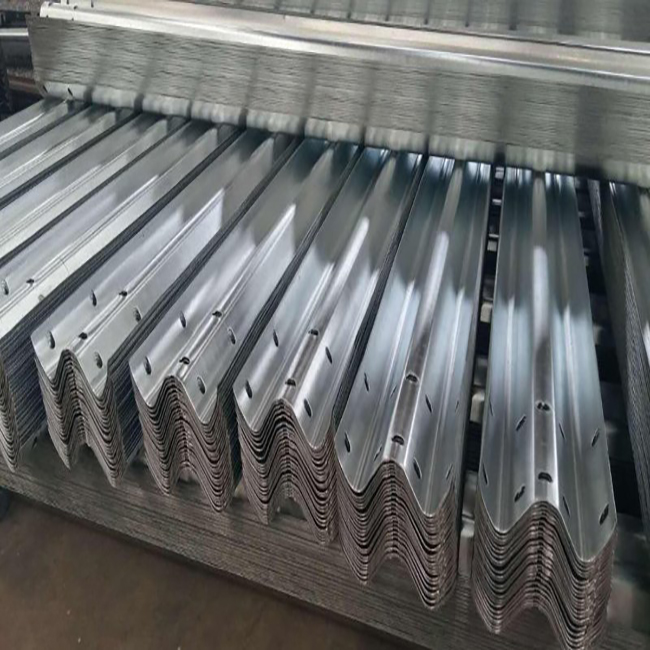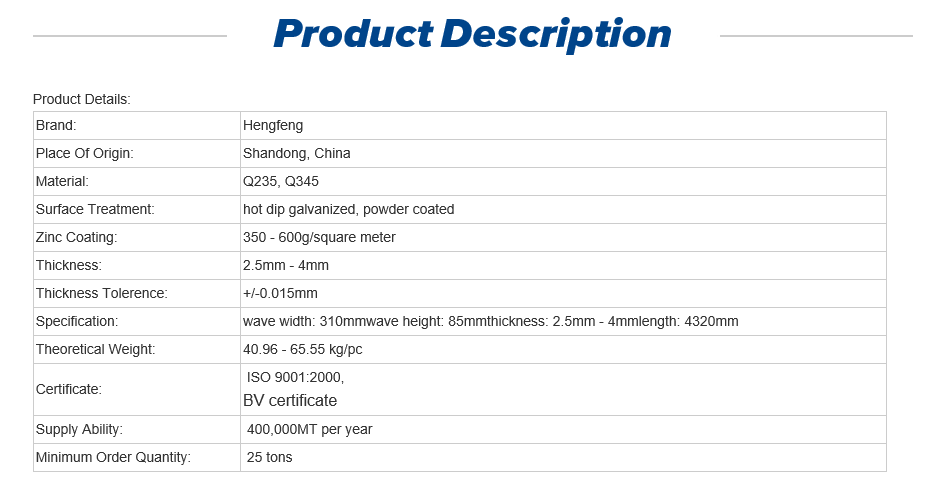According to foreign media New Atlas, the current robot has been able to accomplish some incredible feats, whether it is herding sheep in New Zealand or delivering medical supplies in Rwanda. One way they can reach higher heights is if some of their structural materials double as energy storage, just like animal fat. Scientists have now demonstrated this method with a multifunctional battery. They estimate that this technology can provide up to 72 times the power of the current configuration for future robots.

This work is carried out by engineers from the University of Michigan, who are studying the potential of cheap, non-toxic zinc batteries to power a new generation of robotic devices. These batteries transport hydroxide ions between the zinc electrode and the air cathode through a membrane made of water-based polymer gel and aramid nanofibers used in Kevlar vests. This design opens up some interesting multifunctional functions .
The team used its latest version of zinc batteries as the structural material for small robots, shaped like scorpions and worms. The battery is connected to the robot's motor and then wrapped around the robot to protect the fragile parts inside. In this configuration, the multifunctional bio-form battery is not only the structural part of the robot, but also its power source, and its performance is similar to the typical lithium battery currently used.
"In terms of energy density, there is no report of any other structured battery that is comparable to today's most advanced advanced lithium batteries," explained Nicholas Kotov, the research leader. "We have improved our previous structural zinc battery version on 10 different measures, some of which are 100 times larger to achieve this goal."
Kotov said that current robots are usually designed to accommodate batteries, which occupy about 20% of its available onboard space and contribute about 20% of its overall weight. According to the team, the energy density of structural batteries may change this aspect, for example, to double the battery life of delivery robots. But they may go further than this.
"However, this is not the limit," said Wang Mingqiang, the first author of the study. "We estimate that if the exterior of the robot is replaced with a zinc battery, the power capacity of the robot can be increased 72 times compared with having a single-cell lithium-ion battery."
This may not only apply to the robots built today for applications such as delivery or warehouse logistics, but can also shape the development of smaller machines on the microscopic scale. Typical batteries are too large and inefficient to complete the work. All of these are through learning from the natural energy system.
"Batteries that can take on the dual role of storing charges and protecting the'organs' of the robots-replicate the versatility of adipose tissue for storing energy in living things," said Ahmet Emre, a doctoral student in biomedical engineering at Kotov Labs.
The research was published in the journal "Science Robot".
Galvanized Highway Guardrail
Hot-dip galvanized steel guardrail /w beam guardrail/crash barrier and posts are mainly used for safety protection on highways and first-class highways at home and abroad. Q235 material is used domestically, and Q345 material is used abroad. The steel plate is formed by cold bending and then galvanized and electrostatically sprayed.
It has strong corrosion resistance, bright and beautiful appearance, and high anti-collision strength, which meets the standards of the Ministry of Communications. , In line with GB / T31429.1-2015 "Anti-corrosion Conditions of Expressway Traffic Engineering Components" standard. Requirements of "Waveform Steel Guardrail Part 1: Double Waveform Beam Steel Guardrail"


Highway Guardrail
Highway Guardrail Accessories,Metal Beam Guardrail,Highway Guardrail,Galvanized Highway Guardrails
Shandong Hengfeng Group , https://www.luhengfeng.com